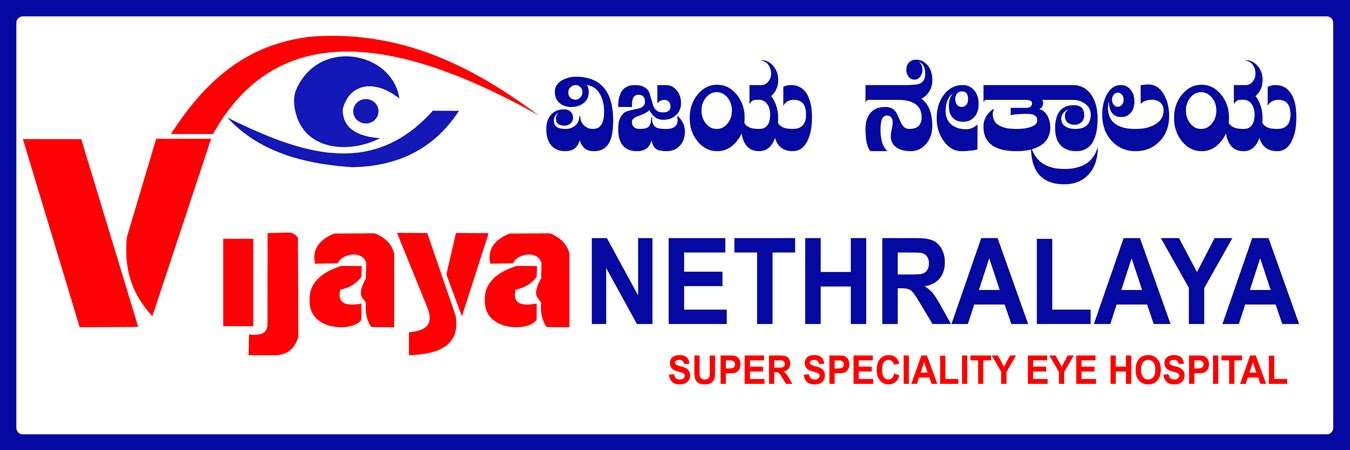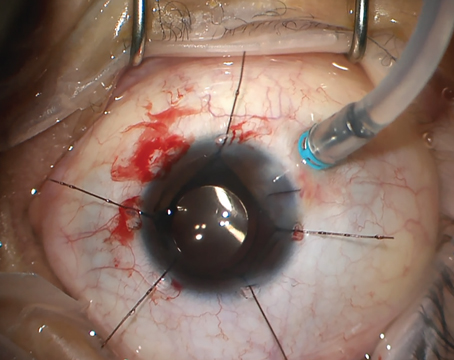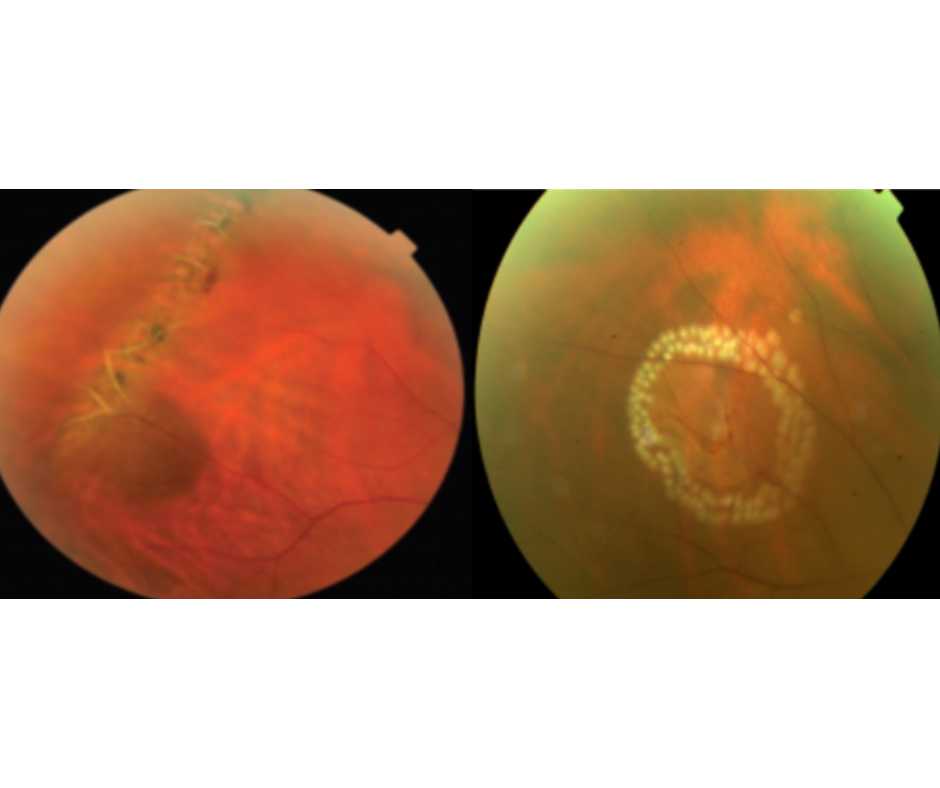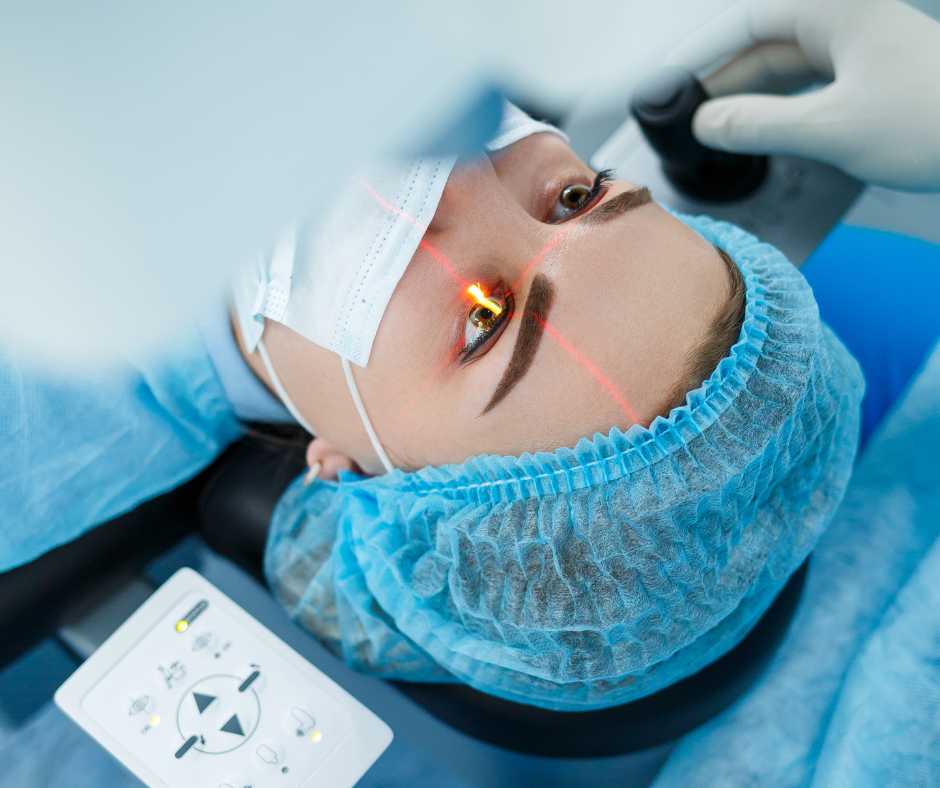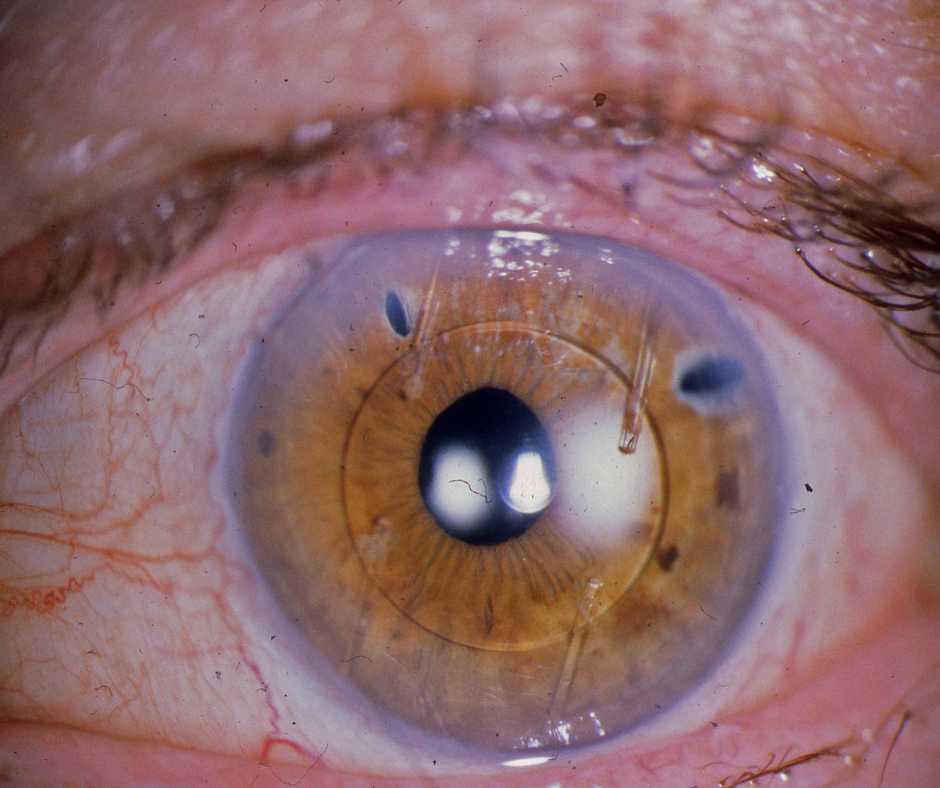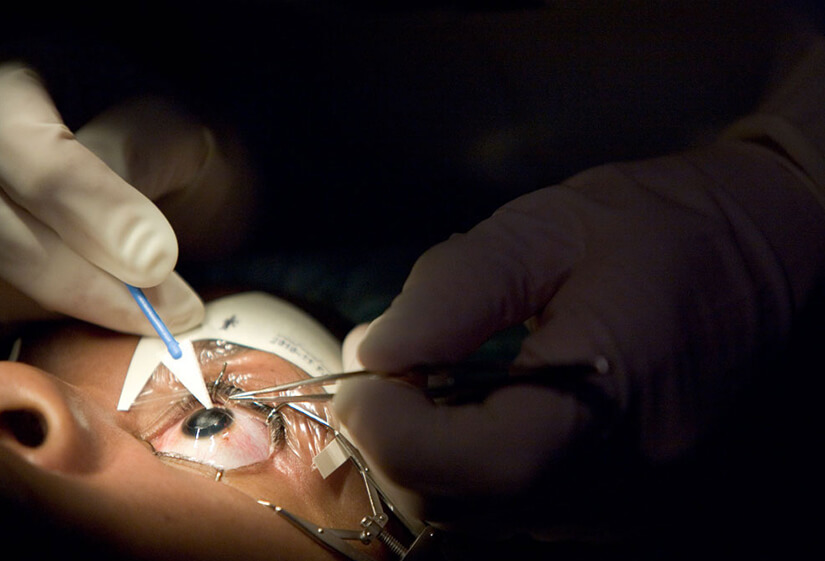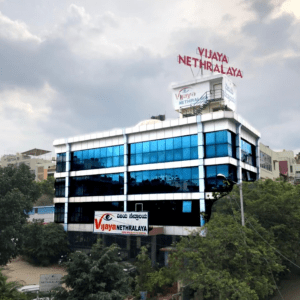Motibindu, known as cataract in English, is a common age-related eye condition that affects millions worldwide. A cataract causes the eye’s natural lens to become cloudy, leading to blurry vision, sensitivity to light, and, if untreated, eventual blindness. Modern motibindu surgery has made restoring vision safe, quick, and highly effective. This comprehensive guide covers the types of motibindu, surgical options, costs, and post-operative care to ensure a smooth recovery.
Suitable Motibindu (Cataract) Surgery Options Based on Its Type
Motibindu can present in different forms, and the choice of surgery depends on the type and severity of the cataract. Identifying the right surgical approach is essential for effective treatment.
1. Nuclear Cataract (Age-Related)
This is the most common form of motibindu, typically linked to aging. It begins at the center of the lens and gradually expands. Patients may notice a gradual yellowing or browning of vision.
Best Surgical Option: Phacoemulsification (phaco) or laser-assisted cataract surgery.
2. Cortical Cataract
Cortical cataracts appear as white, wedge-like streaks on the outer edges of the lens. Over time, these streaks extend inward, obstructing vision.
Best Surgical Option: Traditional cataract surgery is generally effective.
3. Posterior Subcapsular Cataract
Developing at the back of the lens, this type progresses rapidly, impacting near vision and making it harder to see in bright light. It is often linked to diabetes or steroid use.
Best Surgical Option: Laser-assisted cataract surgery for enhanced precision.
4. Traumatic Cataract
This form of cataract results from an eye injury. It may develop immediately after trauma or years later.
Best Surgical Option: Surgery varies depending on the extent of lens damage.
5. Congenital Cataract
Some children are born with cataracts, which can affect one or both eyes. Early intervention is critical to prevent permanent vision loss.
Best Surgical Option: Pediatric cataract surgery performed by a specialist.
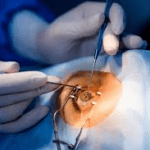
How is Motibindu Surgery Performed?
Motibindu surgery is one of the safest and most commonly performed medical procedures worldwide. It typically lasts 15 to 30 minutes and is carried out under local anesthesia.
Step-by-Step Breakdown:
- Preparation: Local anesthesia is applied to numb the eye, ensuring a painless and comfortable surgical procedure.
- Incision: A small incision is made at the edge of the cornea.
- Lens Removal (Phacoemulsification): A tiny probe emitting ultrasound waves is inserted through the incision to break the cloudy lens into small pieces, which are suctioned out.
- Lens Replacement: An artificial intraocular lens (IOL) is implanted to replace the eye’s natural lens, restoring clear vision.
- Closure: The incision typically seals itself without stitches, allowing for faster recovery.
Motobindu operation cost
The cost of motibindu surgery varies based on factors such as the type of IOL used, hospital reputation, surgeon experience, and the technology employed.
Average Costs of mitibindu surgery in India
- Standard Monofocal Lens: ₹15,000 – ₹40,000 per eye
- Premium Multifocal or Toric Lens: ₹40,000 – ₹1,20,000 per eye
- Laser Cataract Surgery: ₹60,000 – ₹1,50,000 per eye
Factors Affecting Cost of motibindu surgery
- Type of Lens: Premium lenses cost more but provide enhanced vision.
- Hospital Tier: Private hospitals charge higher fees than government or charitable institutions.
- Technology: Laser-assisted surgery costs more due to advanced equipment.
- Surgeon’s Expertise: Experienced surgeons may charge higher fees.
How to Lower the Cost of Motibindu surgery
- Opt for government schemes like Ayushman Bharat.
- Choose surgery at charitable hospitals or eye trusts.
- Verify insurance coverage as many health policies cover cataract surgery.
Why Are Precautions Necessary After Motibindu Operation?
Post-operative care is vital to ensuring the best results from motibindu surgery. After the operation, the eyes are vulnerable to infection and injury. Proper care reduces the risk of complications and accelerates healing.
Vital Precautions After Motibindu Surgery
a) Comply With Prescription Instructions
Follow the prescribed regimen of eye drops and medications to prevent infection and inflammation. Missing doses can hinder recovery.
b) Prevent Infections In Your Eyes
Avoid exposing your eyes to dust, smoke, or unclean environments. Always ensure your hands are thoroughly clean before touching your face to prevent infections.
c) Refrain From Touching Your Eyes
Rubbing or pressing the eye can dislodge the lens or introduce bacteria.
d) Wear Sunglasses
Sunglasses protect the eyes from harmful UV rays and bright light, which can irritate sensitive eyes.
e) Reduce Your Exposure to Bright Light
Limit screen time and avoid bright lights during the initial recovery period.
f) Keep Exercise Light
Avoid heavy lifting, strenuous exercise, and bending over, as these activities can increase eye pressure.
h) Put On Eye Shields
Wear an eye shield at night to prevent accidental rubbing while sleeping.
i) Keep An Eye Out For Cautionary Indicators
Watch for signs like pain, redness, swelling, or sudden vision changes, and report them to your doctor immediately.
j) Attend Follow-Up Appointments
Regular check-ups allow the doctor to monitor healing and detect any issues early.
k) Be Patient
Vision may fluctuate during recovery. It may take several weeks for the eyes to completely heal and adjust to the new lens.
l) Your Eyes Deserve The Finest
Prioritize a healthy diet rich in vitamin A, omega-3 fatty acids, and antioxidants to promote overall eye health.

What Don’t After Motibindu Operation
- Avoid swimming or immersing your head in water for at least two weeks.
- Refrain from heavy workouts.
- Don’t apply makeup around the eyes.
- Avoid driving until approved by your doctor.
What Do’s After Motibindu Operation
- Use prescribed eye drops diligently.
- Rest your eyes by avoiding long hours of reading or screen exposure.
- Maintain cleanliness around the eyes.
- Follow up with your doctor as scheduled.
Abbreviation
- IOL: Intraocular Lens
- UV: Ultraviolet
- Phaco: Phacoemulsification
- Motibindu: Cataract
Conclusion
Motibindu surgery is a transformative procedure that restores vision and improves quality of life. By understanding the types of motibindu, the surgical process, associated costs, and necessary precautions, patients can navigate the procedure with confidence. Adhering to post-operative care ensures optimal results and a smooth recovery.
Author Details:
Dr. Sushruth Appajigowda holds a prominent position as a Cornea, Cataract, Glaucoma, and LASIK Surgeon in Bangalore. He serves as the chief Cataract and Refractive surgeon at Vijaya Nethralaya Eye Hospital, Nagarbhavi Bangalore. Renowned as one of the finest LASIK surgeons nationwide, he brings with him over 12+ years of experience across multiple LASIK platforms, including ZEISS, ALCON, SCHWIND, AMO, and Bausch and Lomb. Having successfully conducted over 5000 LASIK procedures, Dr. Sushruth holds the title of a Certified Refractive Surgeon and a Fellow of the All India Collegium Of Ophthalmology. Furthermore, he stands as a distinguished speaker at various National and International Forums, using his expertise to guide you in selecting the most suitable procedure based on your health requirements.

http://vijayanethralaya.com/link-in-bio/
FAQs
- How much does motibindu (cataract) surgery cost in India?
The cost ranges from ₹15,000 to ₹1,20,000 per eye, depending on lens type and hospital. - What factors affect the cost of motibindu surgery?
Lens type, hospital, surgeon expertise, and technology used are key factors. - Does insurance cover motibindu surgery in India?
Yes, most health insurance plans cover cataract surgery. - Is the cost of laser cataract surgery higher compared to traditional methods?
Yes, laser surgery costs 20-30% more due to advanced technology. - Can government schemes help reduce the cost of motibindu surgery?
Yes, schemes like Ayushman Bharat offer free or subsidized surgeries.
